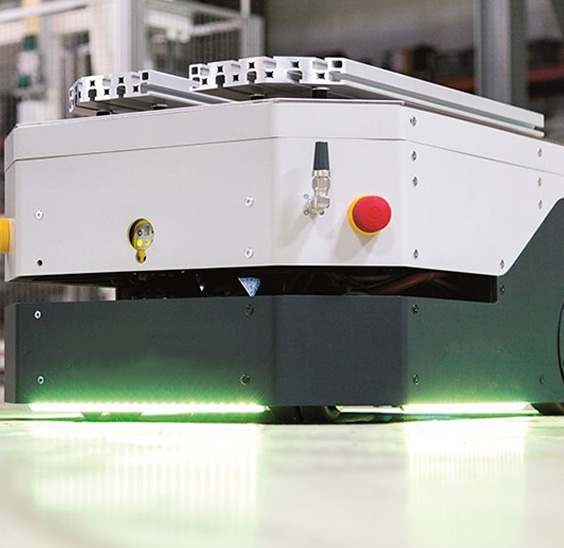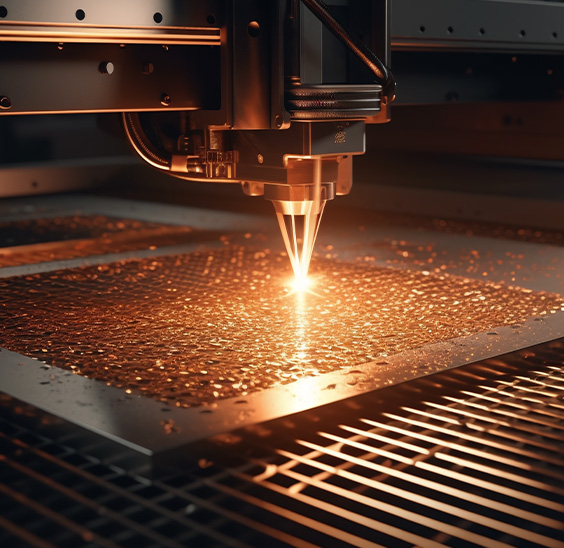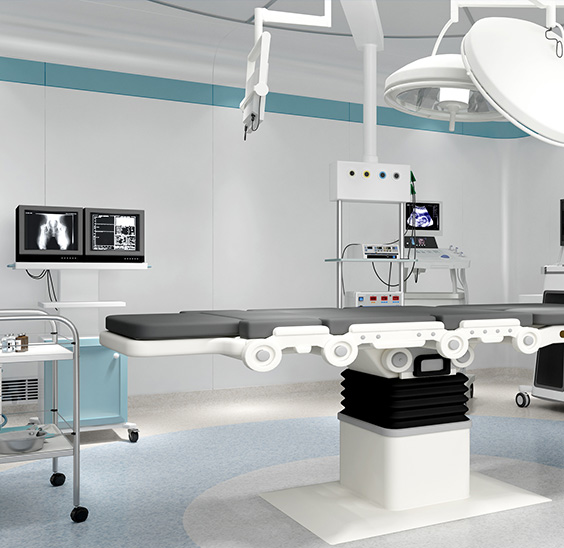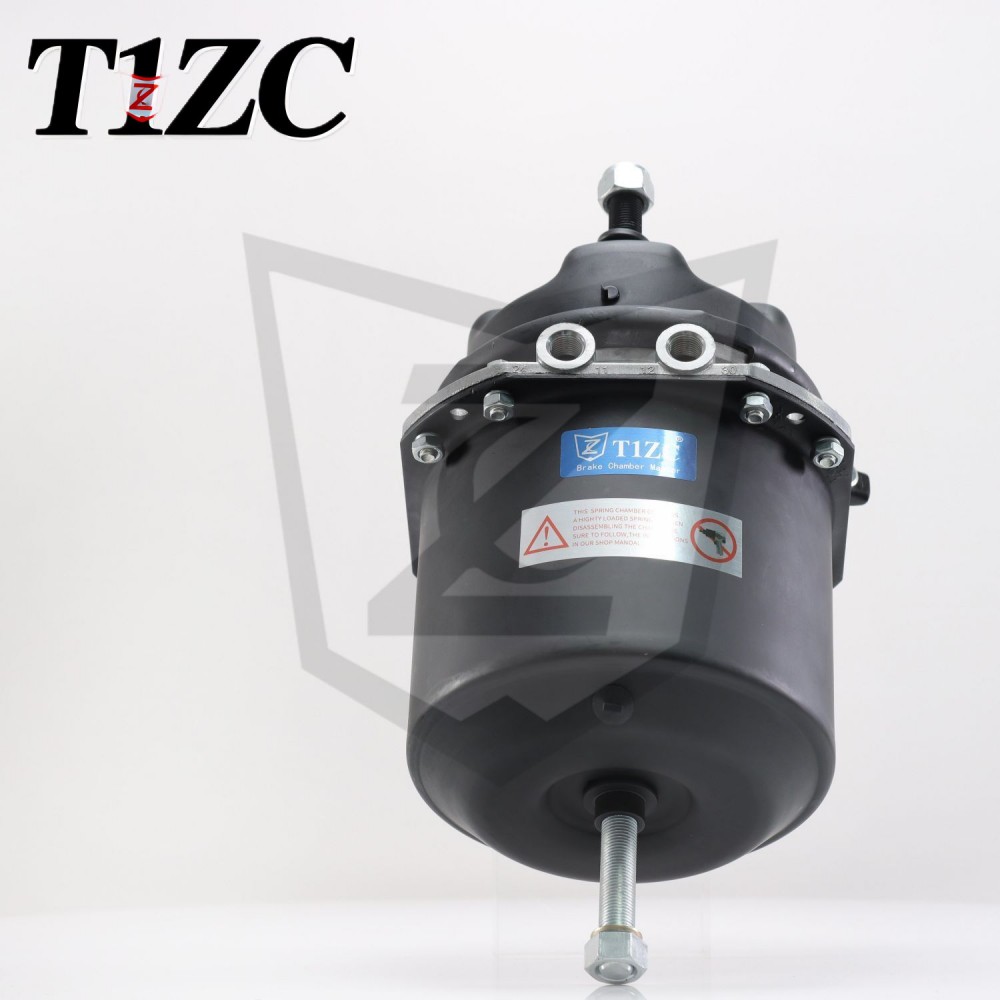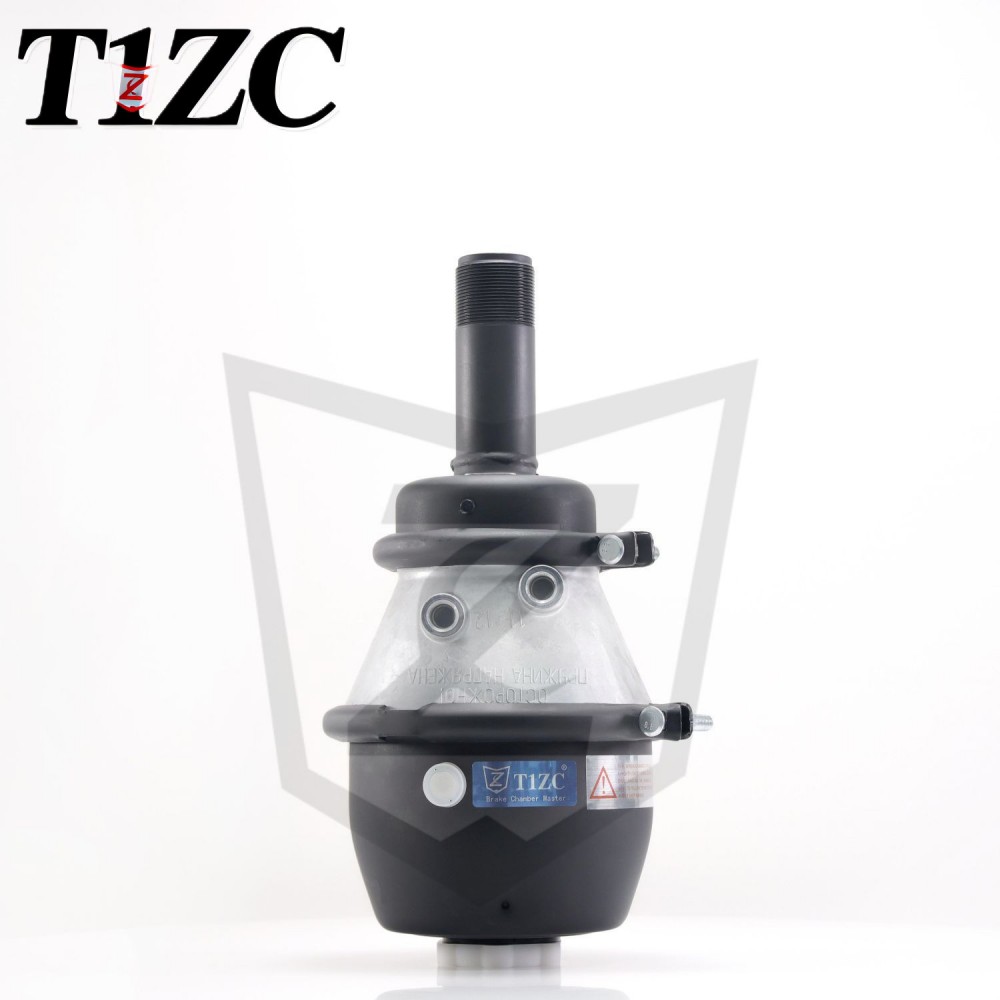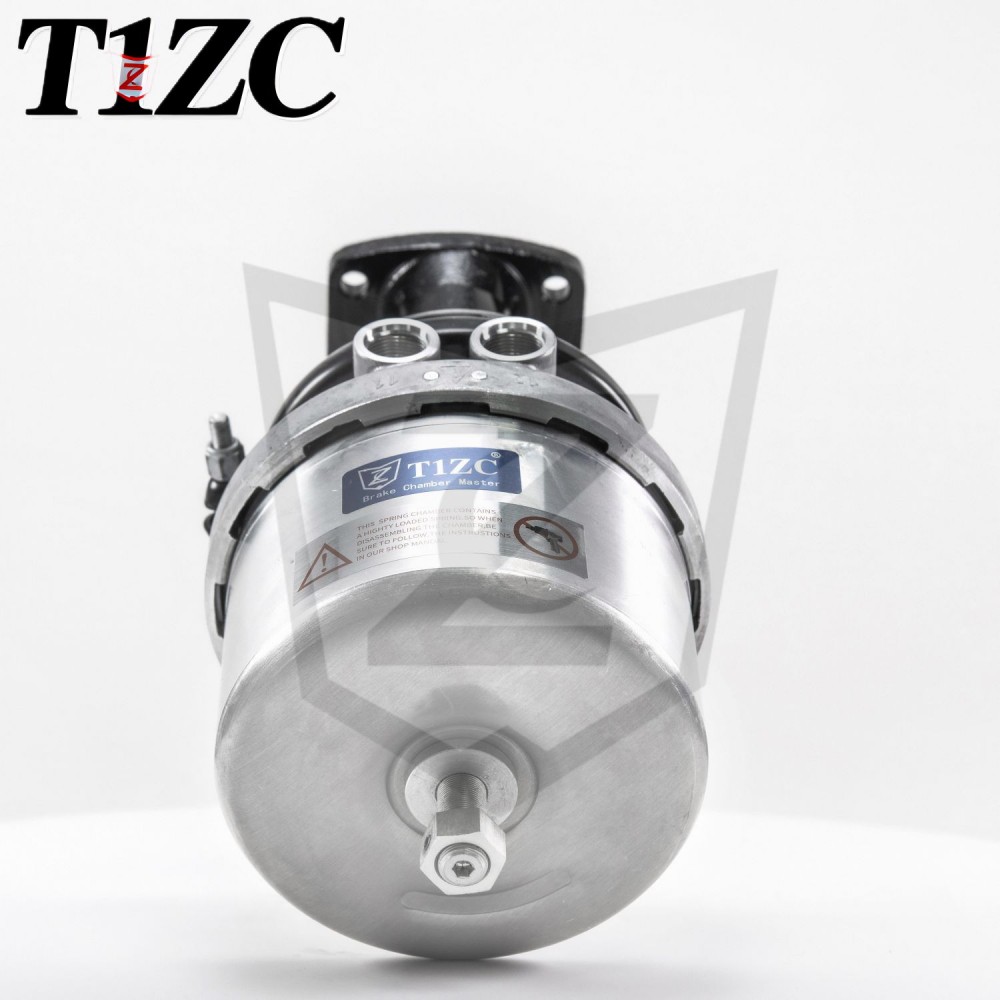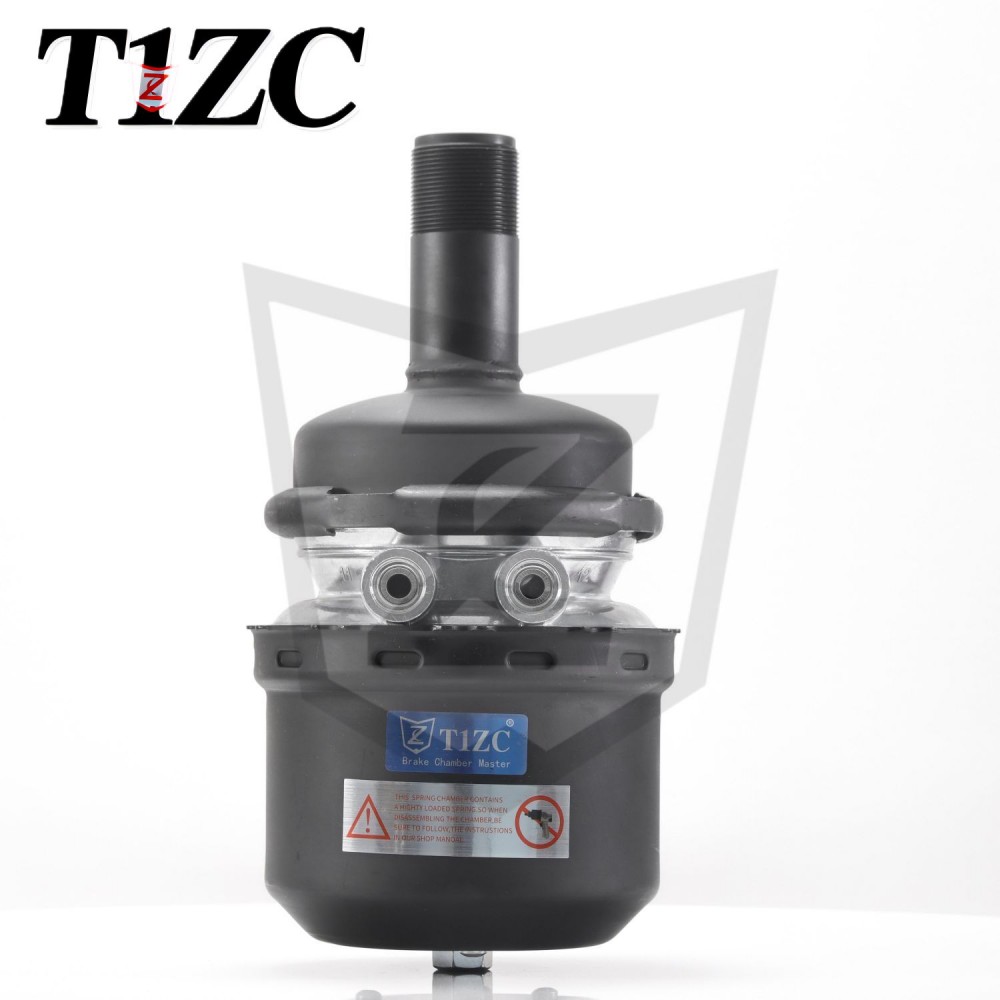Brake Hazards: Reasons and Solutions for Air Chamber Push Rods Not Fully Retracting
When a truck or trailer brake air chamber push rod fails to fully retract after releasing the brake, this is no small matter. It is not only a warning of potential brake failure, but also a major hidden danger to driving safety. It is critical to understand its causes and take corrective actions.
1. Core Issues: Common Root Causes of Push Rods Not Fully Retracting
When you observe that the push rod is still partially extended after the brake is released, the problem usually stems from the following aspects (which may exist alone or simultaneously):
Poor air pressure supply/release:
Air line congestion: The air supply line leading to the spring brake chamber (usually located behind the main brake chamber) or the quick release valve is blocked (dirt, ice, valve failure), preventing compressed air from flowing smoothly into the filling chamber.
Air pressure leakage: There is a gas leak in the spring brake chamber body, related pipes or joints, resulting in insufficient air pressure in the chamber, which cannot fully overcome the return spring force to push the push rod to fully retract.
Control valve failure: The handbrake valve (parking/emergency valve) or trailer control valve fails to properly deliver or release air to the spring brake chamber.
Spring brake chamber failure:
Spring failure/breakage: The powerful return spring in the chamber is its core power source. Once the spring fatigues, relaxes or breaks, it will not have enough power to fully pull the push rod back to the release position. This is one of the most serious reasons and directly affects the effectiveness of the parking brake.
Internal chamber failure: The internal piston, diaphragm is stuck or damaged, or the cavity wall is severely corroded, which hinders the smooth movement of the piston and the complete retraction of the push rod.
External mechanical interference: The push rod itself is bent and deformed, the over-travel caused by improper adjustment, the brake camshaft is stuck, the return spring fails (S cam system) or the brake shoe returns poorly, which hinders the free movement of the push rod.
Insufficient lubrication and wear and aging:
Rust/sticking of components: Lack of lubrication on the camshaft sleeve, slider (S cam system) or push rod guide sleeve causes rust or dirt to stick, resulting in excessive resistance.
Rubber aging: The rubber diaphragm of the brake chamber ages, expands or deforms, which may cause abnormal resistance during movement.
2. Diagnosis and response: Safety first
Safety first: Do not ignore this phenomenon! Faults may cause brake drag (overheating, wear, increased fuel consumption), reduced parking brake performance (risk of slipping), and even residual driving brake. The vehicle should be immediately out of service until the problem is resolved.
Professional inspection (strongly recommended):
Air pressure test: A qualified technician uses a pressure gauge to detect whether the air pressure in the spring brake chamber reaches the specified value (usually the same as the system air pressure) when the parking brake is released, and check whether the relevant air circuit has leaks.
Pipeline inspection: Visually inspect and check whether the air pipe leading to the spring chamber is bent or blocked (especially the quick release valve), and whether the joint is well sealed.
Mechanical inspection: Carefully check whether the push rod is bent, whether the brake camshaft rotates flexibly without sticking, whether the brake shoe returns normally, and whether the relevant parts are fully lubricated.
Spring chamber test (key): The most reliable diagnostic method is to measure the push rod return stroke. When the parking brake is fully released and the system air pressure is normal, use a special tool to measure the displacement of the push rod from the brake application state to the fully released state, and compare it with the standard value (such as 1.25 inches or 1.5 inches for common models). Insufficient stroke indicates that there is a problem with the spring chamber or related mechanical parts.
Treatment measures:
Clean/unblock the air line: Clear the pipe blockage and replace the faulty quick release valve or control valve component.
Repair the leak: Tighten or replace the leaking joints, pipes or faulty spring brake chamber.
Replace the faulty parts: If it is confirmed that the spring brake chamber is internally faulty (especially spring problems) or severely damaged, the chamber assembly must be replaced as a whole. The spring brake chamber is a key component involving driving safety, and it is strictly forbidden to disassemble and repair it by yourself.
Solve mechanical interference: Correct the bent push rod, repair the stuck camshaft or brake shoe return mechanism, and ensure sufficient lubrication.
Adjustment: After completing any component replacement, the brake must be readjusted strictly in accordance with the manufacturer's specifications.
3. Preventive maintenance is the key
Strictly adhere to the vehicle's regular maintenance plan, including inspection of the brake system.
Regularly check the brake chamber (especially the rubber parts) for signs of aging, cracks, and leakage.
Keep the air path dry and clean (regularly drain the water in the air reservoir) and use a high-quality air filter.
Ensure that all moving parts of the brake system (such as camshaft sleeves, sliders) are properly lubricated.
The failure of the brake chamber push rod to return completely is a technical signal that needs to be taken seriously. There may be a variety of faults hidden behind it, such as air pressure system problems, spring brake chamber failure, or mechanical interference. It directly threatens braking performance and driving safety. If the driver finds this problem, he should stop the car immediately and report it to a qualified professional using the correct tools for diagnosis. Remember, for faults involving the spring brake chamber, especially spring problems, replacing the assembly rather than attempting to repair it is the only option to ensure safety. Regular and professional brake system maintenance is the most effective line of defense to prevent such faults and ensure road safety.


 EN
EN  English
English Português
Português
